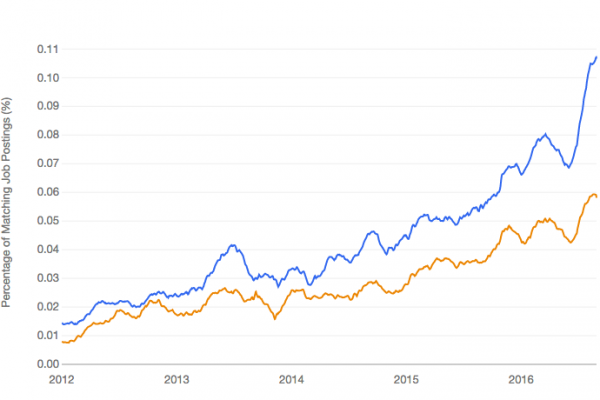How to Load Machine Learning Data From Scratch In Python
Last Updated on December 11, 2019 You must know how to load data before you can use it to train a machine learning model. When starting out, it is a good idea to stick with small in-memory datasets using standard file formats like comma separated value (.csv). In this tutorial you will discover how to load your data in Python from scratch, including: How to load a CSV file. How to convert strings from a file to floating point numbers. […]
Read more








